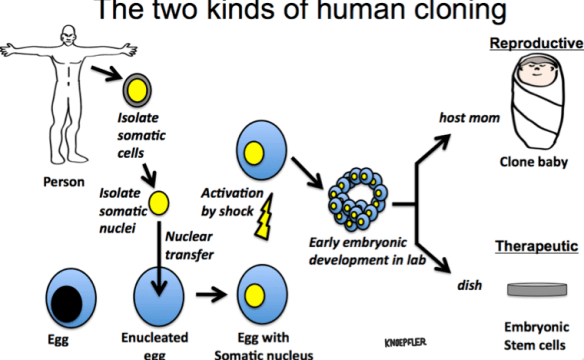How DNA Sequencing Technologies Will Change Prenatal Testing

Among the many exciting new developments in genomics as it’s being applied to clinical medicine to really look out for over the next couple of years is using these powerful new methods for sequencing DNA which are exquisitely sensitive to be able to study unborn babies, fetuses.
For many years there’s a lot of interest in doing genetic testing of unborn babies but those are typically done quite invasively. It requires accessing a little bit of fetal DNA which is typically done either through amniocentesis – putting a needle through a mom’s belly and getting it all the way to grab a little bit of amniotic fluid or it could be done by accessing the fetal DNA through a procedure known as chorionic villus sampling, also invasive.
The really cool thing that’s happened is the recognition that floating around in a pregnant woman’s blood are tiny, tiny bits of fetal DNA that have actually been shed off from the placenta. And the recognition has now been made that you can use these powerful new and very sensitive methods for sequencing DNA to actually detect and read out the sequence of that fetal DNA by simply accessing it by drawing a little bit of blood from the mom in a very noninvasive way.
What is going to happen, I predict, starting over the next few years is that amniocentesis and chorionic villus sampling – which is done tens of thousands of times, routinely on an annual basis – will probably fall off considerably because women will opt to just simply give a little bit of blood which they’re giving anyway as part of their clinical care.
That little bit of blood will be analyzed and doctors will be able to detect the fetal DNA and be able to answer the same questions they’re asking now. This is not science fiction. There’s some predictions that you’re going to see significant clinical implementation of these noninvasive prenatal DNA testing really in the next few years.
In Their Own Words is recorded in Big Think’s studio.
Image courtesy of Shutterstock





